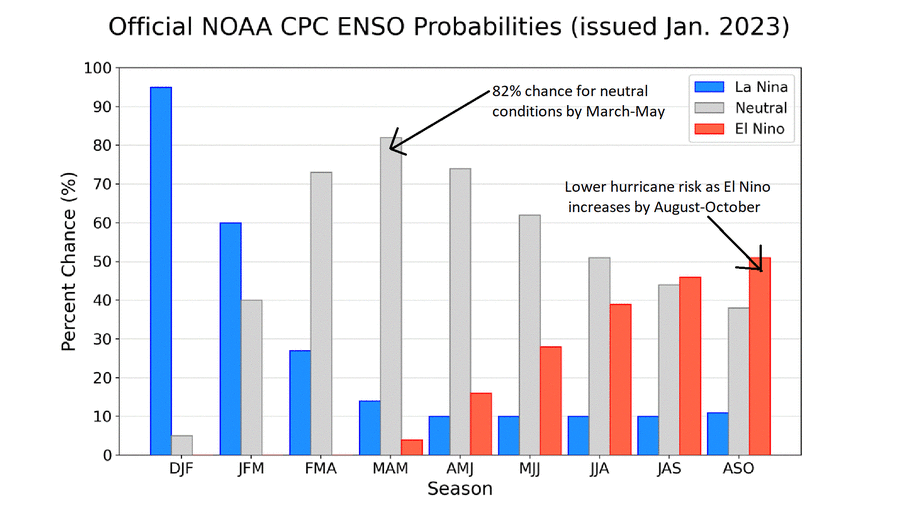Hopefully, this spring’s severe storm season won’t be as bad as 2022. Last March had the most significant number of tornadoes on record.
The year is starting out ominous with an active streak in January that brought 168 tornados, far beyond what was previously seen during the last three years in January. Alabama topped the list with 49 twisters followed by 33 in Georgia and Florida had five. In total eight people were killed in January.
Recommended Videos
As we move into the tumultuous spring severe weather season, let’s hope the quiet past two weeks continue so we can avoid repeating what happened in 2022.
For instance, last year over 20,000 reports of severe weather occurred and March unleashed 236 tornadoes alone.
Fortunately, the pace faded by May resulting in the third year in a row with no violent tornadoes-tying the longest such streak on record.
It was followed by an overall lack of tornadoes over the summer placing it among the second lowest tornado count since 1964 during June, July, and August.
While March was the most active month for tornadoes, severe thunderstorms replaced twisters in June in record numbers along with the most days with hail.
What lies ahead?
February has not had any tornado reports but severe weather typically picks up in March as warm air surges out of the Gulf and clashes with cold air over the continental United States.
This year may be different because of the state of cool water temperatures in the Equatorial Pacific known as La Niña.
We are in the third year of La Niña, a pattern that results in an active phase for tornadoes over the southern states. The good news is long-term model guidance shows an 82% chance of La Niña drastically waning during the spring.
This would result in Neutral conditions that neither enhance nor reduce tornado activity. Furthermore, looking beyond, there are implications for the peak of hurricane season.
You can see how models are adding extra red bars on the right of the chart below. It shows El Niño model prediction for the late summer through fall and winter. El Niño may increase from August through October which lowers hurricane activity.




